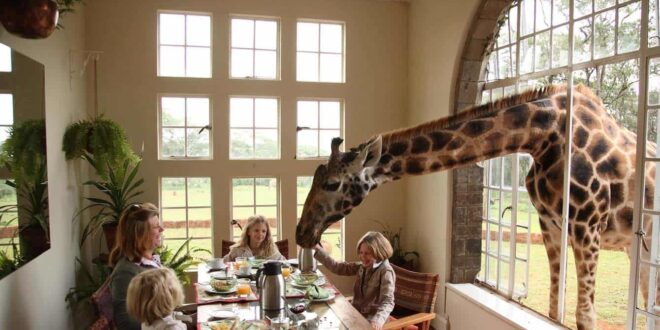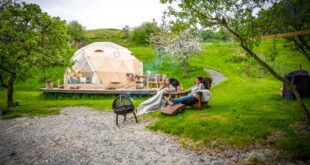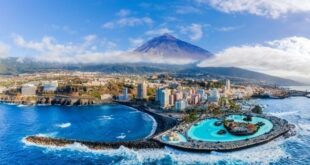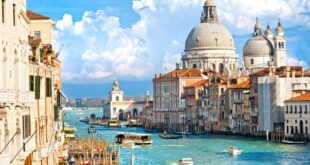From Kenya to South Africa to Zambia, Africa boasts pristine jungles and wildernesses that make for exotic safari tours. Africa’s safari destinations are famous for their extensive collection of wildlife and accommodation in safari lodges and camp located amid nature.
A typical safari tour across Africa is an opportunity to catch a glimpse of some of the most elusive animals as you marvel at the majestic grandeur of the rolling landscapes. But which are the top 5 African safari destination for a first-time visit to Africa
Masai Mara National Reserve
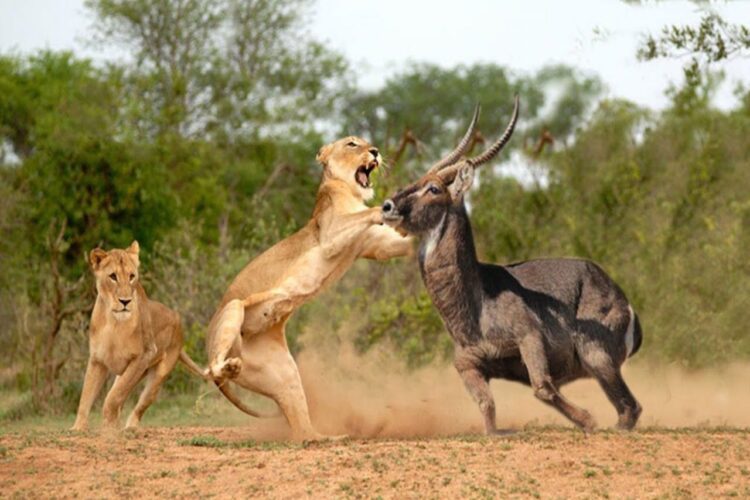
In 2017, Masai Mara was voted the best national reserve in Africa. The park occupies vast stretches of savanna grasslands in the southwestern regions of Kenya, some 280 kilometers from the country’s capital, Nairobi.
You can get to the park by taking a six-hour scenic road drive into the massive Narok County, which takes up a significant portion of the park. You could also fly from Nairobi into one of the six airstrips in the Mara, a flight of about one hour.
Masai Mara National Reserve is famous for its broad collection of wildlife, including the Big Five that comprises of African lions, leopards, African elephants, Rhinoceros, and African buffaloes. Besides these Africa’s iconic wild animals, the park also teems with cheetahs, hyenas, giraffes, antelopes, and hundreds of migratory bird species.
But the defining symbol of an African safari holiday in Masai Mara is witnessing the Great Migration that takes place from early July to late October. During this time, millions of wildebeests and other grazers cross over from the Serengeti National Park in the neighboring country of Tanzania in pursuit of the rains. The main action happens at the Mara River that lies on the migratory route. Here, hundreds of the migrating animals fall to the giant Nile crocodiles that rule these waters.
The weather around the Kenyan southern plains is stable all year round, making it ideal for visiting Masai Mara any time of the year.
However, the actual Masai Mara river crossing, marked as the climax of a Masai Mara wildebeest Migration holiday, happens between June and early August. However, no one knows what triggers it or when the animals will start to close.
Work with reputable Masai Mara tour operators such as AjKenyaSafaris.com to help you get familiar with the location of the herd and when the crossing is likely to start. An additional benefit, planning your African safari with local tour agencies is cheaper compared to booking with international tour operators.
Serengeti National Park
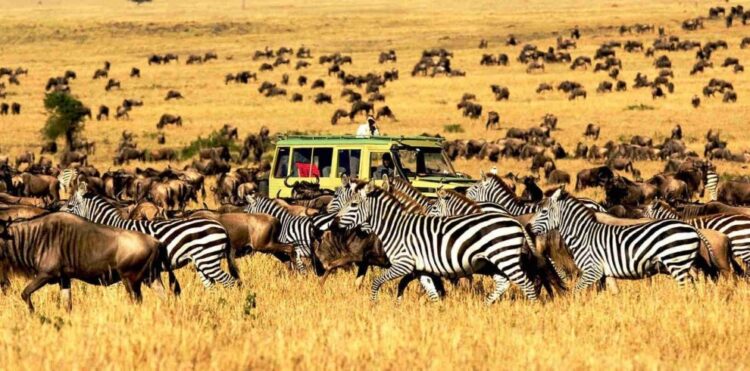
Serengeti National Park is located 325 kilometers from Arusha. A drive from Arusha to the park follows dirt paths but features numerous animals en route. The 14,750 square kilometers park mostly features grassland plains, riverine forests, savanna vegetation, and woodlands. Serengeti is nestled in northwestern Tanzania, seamlessly overlapping with Kenya’s Masai Mara National Reserve.
Serengeti is subdivided into three categories.
There are the southern Serengeti plains, which is predominantly a treeless grassland where most of the park’s grazers, such as wildebeest, zebras, and buffalos breed. The section is also a haven for hyrax and pythons.
Next is the western savannah corridor that’s emblematized by its black clay soil. A particular highlight here is the Grumeti River, which plays home to Nile crocodiles, hippopotamuses, martial eagles, and the patas monkeys. This section lies on the migration route where millions of wildebeest and other herbivores cross over to Kenya. The Great Migration passes through the region from May to July.
Last is the Northern Serengeti that’s mostly an open woodland that borders the Mara River. This section of the Serengeti also lies within the migratory route from July to August. The Northern Serengeti is a particular habitat for elephants, dik-dik, and giraffes.
Overall, Serengeti is home to the Big Five plus thousands of other animals, not to mention over 500 bird species. Besides Masai Mara, other nearby parks include the Ngorongoro Conservation area and Maswa Game Reserve. MasaiMaraSafari.in homepage has an extensive guide about visiting Serengeti, but in addition to the Great Migration period, January to February is another ideal time to visit Serengeti.
Okavango Delta
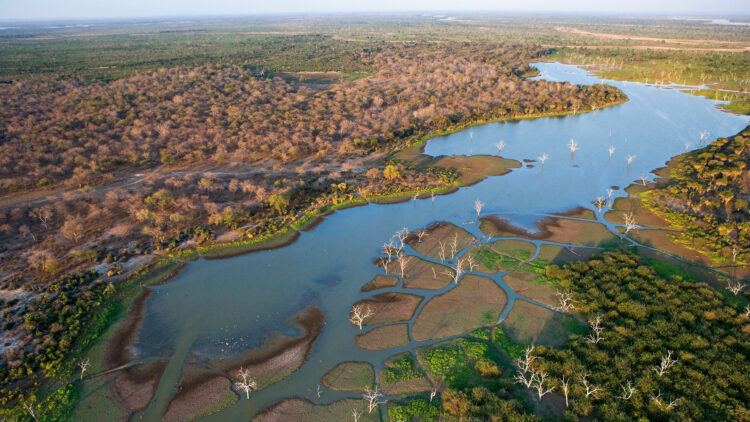
The Okavango Delta is located 634 kilometers from Gaborone, and the easiest way to get there is by chartering a flight from Maun into the delta. From there, you can take a road drive or boat tour of the delta.
Okavango Delta was recognized as a UNESCO World Heritage site on 22nd June 2014, a year after it was declared one of the Seven Natural Wonders of Africa.
The swampy inland delta forms where the Okavango River reaches a tectonic trough near the central areas of the endorheic basin in the Kalahari. The flooding occurs between January and February and proceeds to March before peaking between June and August. When the flooding peaks, thousands of animals troop into the delta, most of which come from the nearby Moremi Game Reserve, creating a marvelous spectacle that’s perfect for a safari holiday.
Some of the notable wildlife here includes over 200,000 large mammals, over 400 bird species, and 71 fish species. Vegetation is mostly made up of papyrus and reed rafts.
Unlike most of the world’s deltas where the floodwater ultimately winds up in an ocean or sea, the waters of the Okavango evaporate fast due to the excruciating temperatures of the Kalahari. The rapid evaporation results in a cycle of transpiration throughout the entire duration of the floods, leading to alternating falling and rising water levels.
The best time to visit is between May and September.
South Luangwa National Park
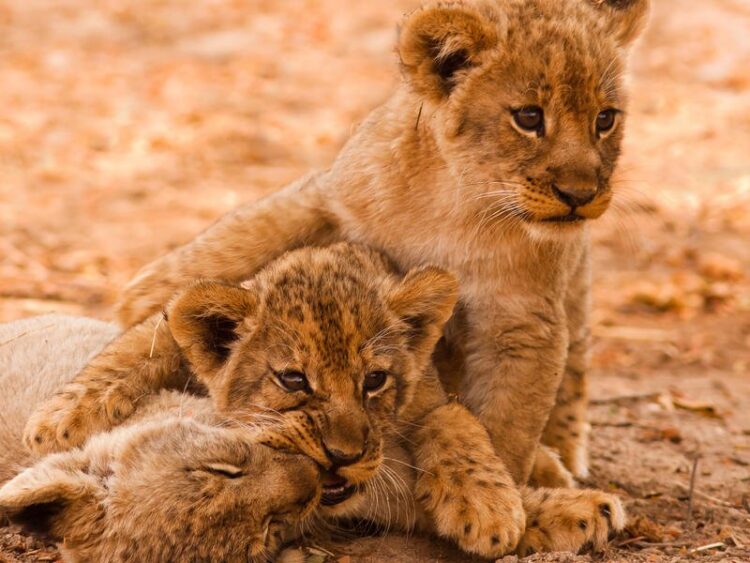
South Luangwa is tucked away in eastern Zambia, near the village of Mfuwe, and at the tail end of the Great Rift Valley. The park is located 438 kilometers from Lusaka.
The easiest way to get there is by flying from the Kenneth Kaunda International Airport into the Mfuwe International Airport, which is located right outside the park. A road drive to the park is also possible, though it’s mostly a bumpy ride due to the condition of most roads leading there.
One of the unique attractions of this 9,059-square-kilometer park is the Luangwa River that winds its way through the park, leaving lush greenery in its wake and drawing wildlife from far and wide. The river also forms beautiful ox-bow lakes and lagoons throughout its course.
Over 60 mammal species reside in South Luangwa, including all the members of the Big Five but rhinos that were sadly poached into extinction about 20 years ago. However, the park still teems with numerous other wildlife, including the elusive African leopard, the endangered African wild dog, and over 400 bird species.
South Luangwa is considered the cradle of African walking safari. It is also a surreal destination for game drives, not to mention breathtaking boat safaris during summer.
The dry winter months of May to October are the ideal times for game-viewing in South Luangwa National park.
Kruger National Park
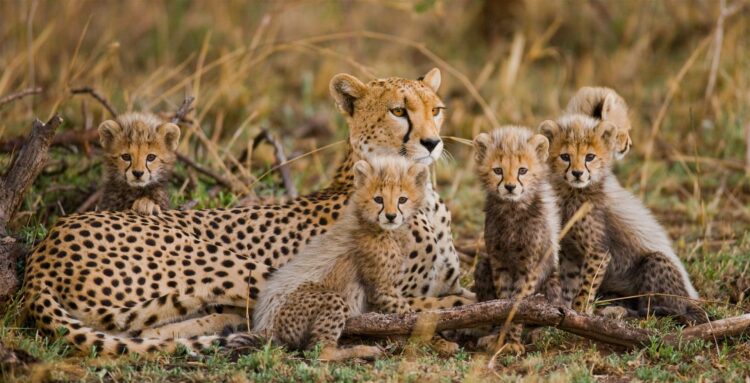
Kruger National Park is South Africa’s national tourism symbol. The park is located 390 kilometers from Johannesburg. Visitors can fly from the O.R Tambo International Airport near Johannesburg to Mpumalanga International Airport, which is located 40 kilometers from Kruger. There’s also the option of a 5 hours road drive from Johannesburg to the park.
Kruger is home to 147 mammal species including the Big Five, cheetahs, antelopes, giraffes, and zebras. The park also boasts 116 reptile species, 34 species of amphibians, 49 species of fish, and 507 avian species. Not to mention 336 tree species.
The location of the park, far from major cities like Cape Town and Johannesburg, makes it a perfect place to catch all the wild animals in their natural elements. There are a couple of camping sites within the park, such as Skukuza, that make it possible for tourists to spend their entire time camping amid nature.
While visiting the park, you should spare time to sample the local cultures of the indigenous Shangana people. You may also consider visiting other points of interest nearby, such as the Jane Goodall Chimpanzee Eden that’s located near Nelspruit.
The dry season, which falls between April and September, is the ideal time to visit Kruger.
Wrapping Up
As the saying goes, the best time to explore a new place is with the people who were born and raised there. Local African safari guides who will safely guide you into Africa’s remote settings where the adventure is at its highest. That said, head over to Masaimarasafari.in and start planning your African safari. Their guides were born and raised in Africa, and they have Masai Mara and Serengeti safari packages of all budgets.
 Hi Boox Popular Magazine 2024
Hi Boox Popular Magazine 2024
